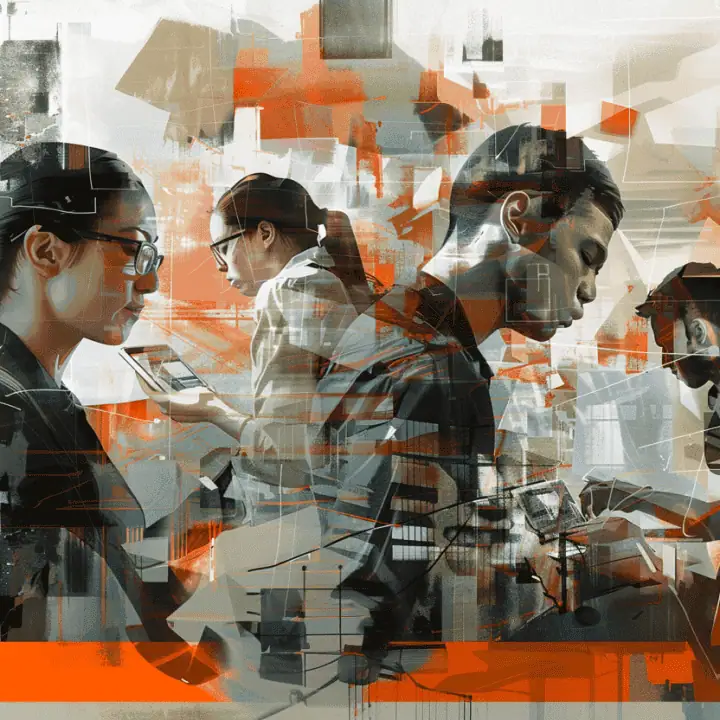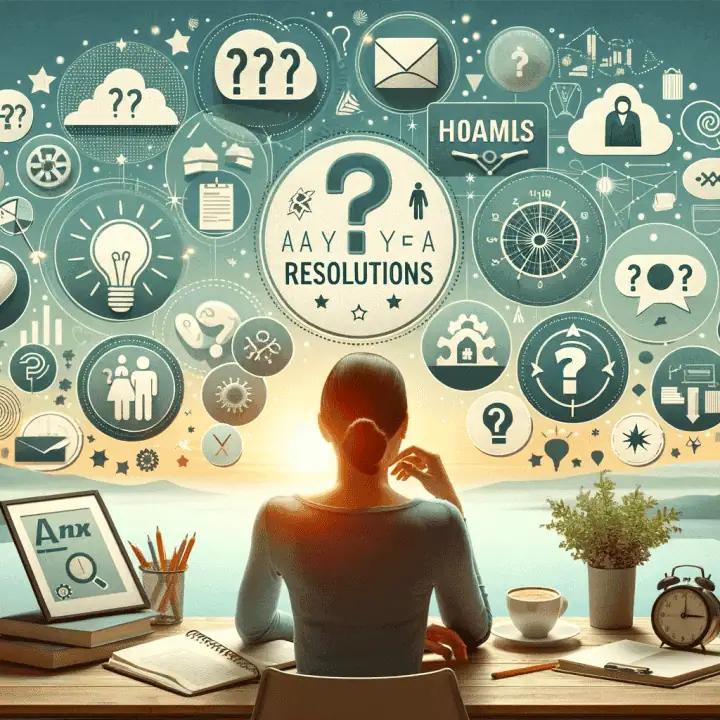Modulating Reality: A Deeper Dive into Neuro-Linguistic Programming’s Submodalities
I. Introduction
In the convoluted labyrinth of our minds, we find a complex mechanism of cognitive representations that function as mental simulacra of our sensory experiences. This paradigm, often referred to as Neuro-Linguistic Programming (NLP), forms the foundations of our perceptions, feelings, and even our behaviours. A pivotal aspect of NLP is its submodalities – the finer details of our mental coding systems that define how we perceive and remember experiences.
II. Understanding Submodalities
In essence, submodalities can be considered the sensory building blocks of our experiences. When we perceive something, we do not simply engage with it as a monolithic unit. Instead, we parse it through a panoply of sensory dimensions or submodalities – sight, sound, touch, and their respective subcategories. For instance, when we recollect a visual memory, we do not just see an image. We perceive its size, its colour, its brightness – all examples of visual submodalities.
Submodalities, however, aren’t confined to the visual realm. In the auditory realm, volume serves as a submodality. When we recollect a song or a dialogue, we register the intensity of the sound in our memory. Similarly, in the kinaesthetic domain, texture and spatial extent – how large or small the area of a particular sensation was, both play significant roles.
III. Submodalities at Play: Adjusting Your Mental Imagery
Consider a mental image you have and imagine if you had a dimmer control. You could modulate the brightness, making it brighter or dimmer. This alteration of brightness is a classic example of tweaking a visual submodality. Similarly, in an auditory memory, you could play with the bandwidth, widening or narrowing the sound, hence altering an auditory submodality.
Submodalities also interrelate with each other, often in intricate ways. For instance, consider spatial location as a submodality. In a mental image, the object’s spatial location plays a crucial role, just as it does in an auditory memory or a sensory experience. The image can be flat or three-dimensional, akin to a TV screen or a hologram, while a sound could be mono or stereo. Sensations, too, can be constant or rhythmic.
IV. The Power and Potential of Submodalities
Understanding submodalities is not just a theoretical exercise. Rather, it’s an empowering tool that offers us the ability to change our perceptions and emotions. By altering the configuration of submodalities in our representations, we can influence our experiences. Making a mental image brighter or dimmer, for example, can respectively heighten or dampen our emotional responses to it.
Furthermore, when we alter a specific submodality, other submodalities may correspondingly change, creating a cascade of changes in our perceptions. Imagine revisiting a pleasant memory and gradually turning up its ‘brightness.’ As you adjust this visual submodality, you may notice alterations in your auditory and kinaesthetic experiences too. The sound might become clearer, and the feelings more intense.
Such changes aren’t universal, though. Individual responses vary. Some may find their sensations intensifying as they turn the brightness up, while others may experience the contrary. This understanding of personal ‘submodality patterns’ can provide powerful tools for self-improvement and therapeutic change. The key is discovering how your submodalities are organised so that you can modulate and transform your experiences.
V. Submodalities and High-Performance States
Submodalities also play an essential role in achieving high-performance states or ‘flow.’ By adjusting the submodalities of our mental representations, we can enhance our performance in various contexts. For instance, making a pleasant memory more vivid and immersive can improve our mood and motivation.
Furthermore, when we use other NLP techniques to apply a high-performance state to a particular context, the submodalities of our mental representation of that context typically change. These shifts in submodalities can serve as valuable feedback, signifying evidence of a successful change in our state.
VI. Submodalities: A Mechanism for Altering Limiting Beliefs
In the rich tapestry of human cognition that NLP tries to explore, one intriguing application of submodalities involves the metamorphosis of limiting beliefs. The process commences by mapping out the cognitive representation of a constraining belief and juxtaposing it against the individual’s cognitive representation of an idea they’re sceptical about. They then reprogram the content of the original belief, repackaging it as something they would doubt as truth. Subsequently, they infuse the newly configured belief they wish to embrace into their cognitive framework, adorning it with the characteristic submodality hallmarks of a deeply held generative belief.
Human cognition, ever nuanced and complex, often distinguishes between generative beliefs that propel us forward and limiting beliefs that chain us to unproductive patterns. These divergent classes of beliefs are often coded differently in the brain, reflecting their contrasting roles. The submodality model of NLP aids us in unpacking how an individual cognitively encodes doubt, limiting beliefs, and generative beliefs. Empowered with this knowledge, it becomes a much simpler task to guide the individual in transforming a limiting belief into a doubt and subsequently encoding a desired belief with the submodality pattern of a generative belief.
VII. Conclusion
In essence, NLP’s submodalities model offers an enlightening lens to comprehend our subjective experiences and understand our personal submodality patterns. They hold the key to the doors of our perception, offering us an empowering tool to modulate our mental imagery, change our states and emotions, transform limiting beliefs, and enhance our performance.
As we explore the mental landscape of our minds, understanding and working with submodalities can guide us towards self-improvement, offering insights into how we encode our experiences and empowering us to change these encodings to live more fulfilling and successful lives.
What are Submodalities?
Learn more
We teach the submodalities model in Unit 2 of our 10970NAT Graduate Certificate in Neuro-Linguistic Programming program.
(Note: If you would like to learn more about the New Code of NLP, you can get a copy of our latest Kindle book, ‘AEGIS: Patterns for extending your reach in life, work & leisure’ by Jules Collingwood, NLP Trainer. For only $4.99 here).
Related articles
Learn more about NLP by reading our Ultimate Compendium of NLP
If you found this article useful, please share it!
Similar Posts
Subscribe Now!
Stay Up-to-Date with Our Latest Courses and Special Offers
Stay in the loop with new course releases and opportunities by completing our form. Never miss out!



